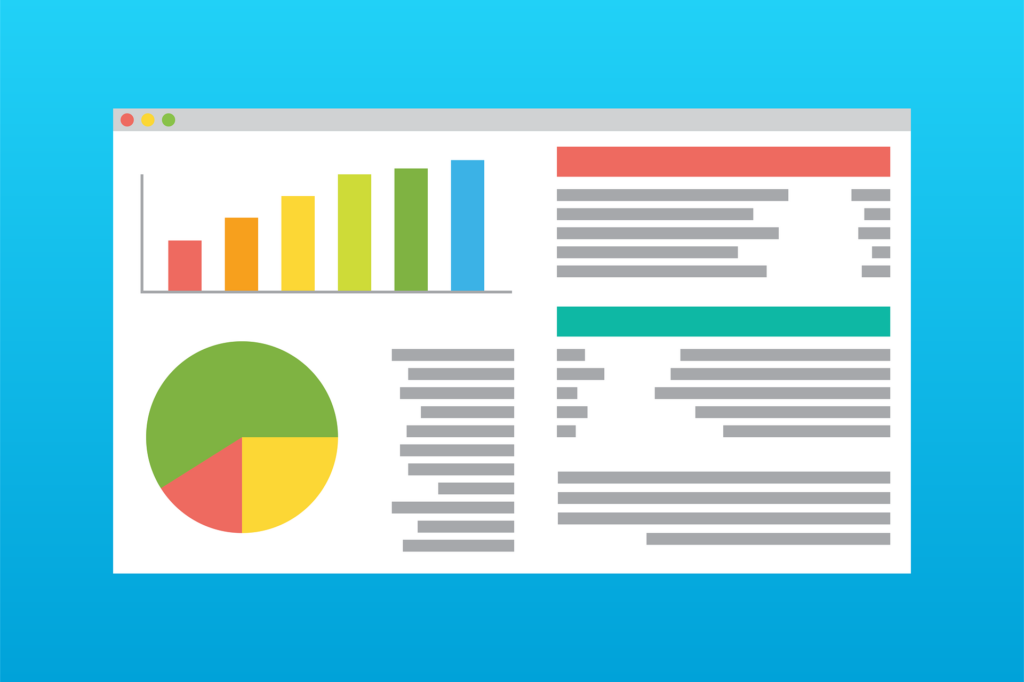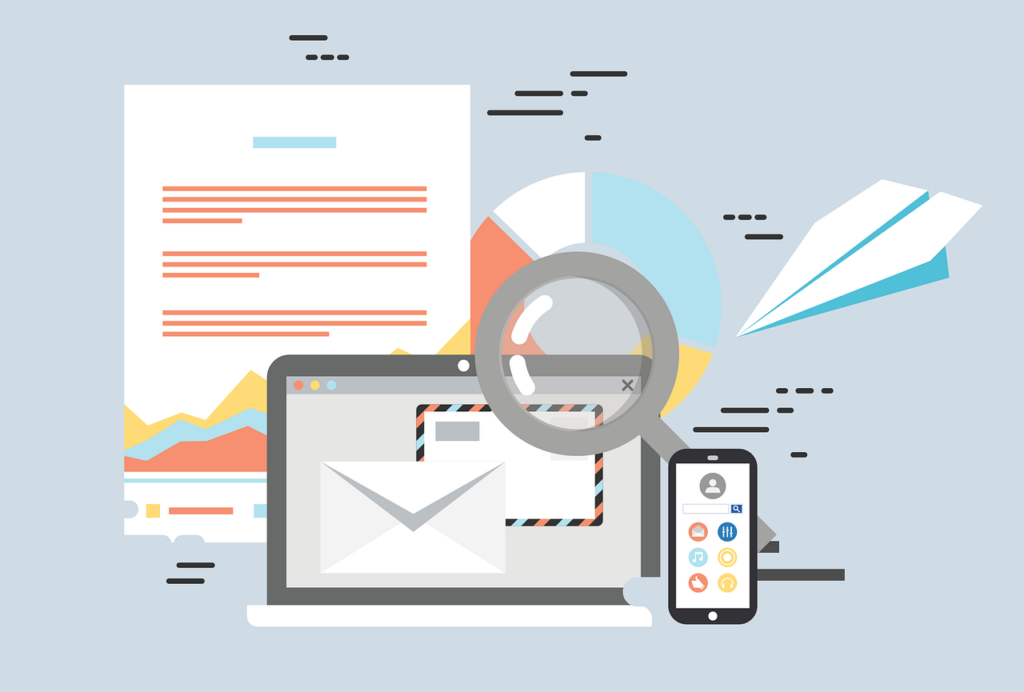
A data pipeline is a set of steps that are used to process data. The data is ingested at the beginning of the pipeline if it is not currently loaded on the data platform. Each step delivers an output that serves as an input to the next step in a series of steps. This process continues until the pipeline has been completed. Parallel execution of independent steps is possible in some cases.
The data pipeline transports raw data from software-as-a-service platforms and databases to data warehouses for analysis and business intelligence (BI). The developer can construct pipelines by writing code and manually interacting with source databases – or they can avoid reinventing the wheel using a SaaS data pipeline.
Data pipelines-as-a-service represents a revolutionary concept, yet how much work goes into assembling an old-school data pipeline? Let’s review the principal components and stages of data pipelines, as well as the most commonly used pipeline technologies.
What Is a Data Pipeline?
Data pipelines consist of a series of steps for processing data. A pipeline begins with data ingesting if it has not yet been loaded into the data platform. Then, there are a series of steps, each producing an output that is the input for the next step. This process continues until the pipeline has been completed. It is possible to run independent steps in parallel in some cases.
A data pipeline has three key components: a source, a processing step or steps, and a destination. Data pipelines may have a sink as their destination. It’s easy to move data across an application and a data warehouse, connecting a data lake to an analytics database with a data pipeline. It is also possible for data pipelines to have the same source and sink so that the pipeline is purely concerned with changing the data. There is a data pipeline when data is processed between points A and B.
Data pipelines play a critical role in the planning and development of organizations as they develop applications with small code bases that serve a specific purpose. A source system or application may generate data that feeds multiple data pipelines, which may feed multiple other pipelines or applications.
Let’s take a look at a single comment on social media. Data from this event could feed a real-time social media mentions report, a sentiment analysis application that shows positive, negative, and neutral results, or a world map application that displays each mention. The data in all these applications come from the same source; however, each application requires its own set of data pipelines that must be completed smoothly before the end user can see the results.
The Benefits of Data Pipeline
Data is likely to be a significant part of your organization’s operations. You require a single view of all of that data in order to analyze it. For in-depth analysis, data from multiple systems and services must be combined in ways that make sense. The actual data flow itself can be unreliable: corruption or bottlenecks may occur at numerous points during the transfer from one system to another. As data’s breadth and scope expand, the magnitude and impact of these problems will only increase.
This is the reason why data pipelines are so important. This automates the process and eliminates the majority of manual steps. You can make faster, data-driven decisions with the help of real-time analytics. Your organization needs them if:
- Analyzes data in real-time
- Cloud-based data storage
- Contains data from multiple sources
Data pipeline components
Next, we will discuss some of the basic components of a data pipeline that you should know about if you plan to work with one.
- Origin. A data pipeline begins at the origin, where data is entered. A company’s reporting and analytical data ecosystem can include data sources (transaction processing applications, IoT devices, social media, or APIs) and storage platforms (data warehouse, data lake, or data lakehouse).
- Destination. A destination is a point at which data is transferred. The destination will depend on the use case: For example, data can be used to fuel data visualization and analytics tools, or it can be stored in a data lake or warehouse.
- Dataflow. This refers to the movement of data from point A to point B, including the modifications it experiences along the process, as well as the data stores it passes through.
- Storage. In storage systems, data is preserved at different stages as it passes through the pipeline. There are many factors that affect data storage decisions, such as the volume and frequency of data queries to a storage system, the use of data, etc.
- Processing. Data processing involves ingesting data from the source, storing it, transforming it, and delivering it. Data processing is related to dataflow, but it focuses on how to implement this movement. Ingesting data can be achieved by retrieving it from existing systems, copying it from one database to another (database replication), or streaming it. There are more options than the three we mention.
- Workflow. In a data pipeline, a workflow defines the sequence of processes (tasks) and their dependency on one another. Here, it would be beneficial for you to have a good understanding of several concepts – jobs, upstream, and downstream. A job is a section of work that performs a specific task – in this case, data processing. Data enters a pipeline from an upstream source while it exits at a downstream destination. The data pipeline is like a river that flows downhill. Additionally, upstream jobs must be successfully completed before downstream jobs can begin.
- Monitoring. Monitors check that the data pipeline and its stages are working effectively: whether they maintain efficiency as data volumes grow, whether data remains accurate and consistent during processing stages, and whether the information is not lost along the way.
Data pipeline architecture
ETL data pipeline
A data pipeline architecture based on ETL has been a standard for decades. Typically, it extracts data from various sources, formats it, and loads it into an enterprise data warehouse or data mart.
ETL pipelines are typically used for
- Migrating data from legacy systems to a data warehouse,
- Utilizing multiple touchpoints to gather all customer information in one place (usually the CRM system),
- Providing a holistic view of business operations by consolidating large volumes of data from various internal and external sources
- Integrating disparate datasets to enable deeper analysis.
The critical disadvantage of ETL architecture is that you have to recreate it whenever your business rules (and data formats) change.
ELT data pipeline
ELT varies from ETL in the flow of steps: loading occurs before the transformation. The ELT architecture is useful when
- It is unknown what you will do with data and how exactly you will transform it;
- Ingestion speed plays an important role; and
- There are large amounts of data involved.
ELT, however, is still a less mature technology than ETL, which causes problems in terms of tools and talent pools. Data pipelines can be built using either ETL or ELT architecture or a combination.
Batch pipeline
Data pipelines using batch processing collect data over a period of time and process it on a regular basis. A traditional data analysis workflow involves asking questions of previously collected data – you are likely to think of batch analysis when you imagine a traditional data analysis workflow. Throughout the decades, batch processing has been a critical component of analytics and business intelligence.
The batch processing of data is an established method of working with large datasets in non-time-sensitive projects. However, if you require real-time insights, you should choose architectures that support streaming analytics.
Streaming data pipeline
Real-time or streaming analytics are based on real-time data processing, also known as event streaming. Essentially, it is a way of processing data continuously as it is collected in a matter of seconds or milliseconds. A real-time system responds quickly to new information when it is based on an event-based architecture. While real-time data pipelines can be utilized for analytics, such pipelines are vital for systems that need rapid processing of data.
The use of real-time analytics enables businesses to get up-to-date information about operations and react accordingly without delay, as well as provide solutions for monitoring the performance of infrastructure in a smart and efficient manner. Companies that cannot afford to experience any delays in processing data, such as fleet management companies operating telematics systems, should opt for streaming architecture over batch processing.
Big Data pipeline
Big Data pipelines carry out the same tasks as smaller pipelines. Their ability to support Big Data analytics distinguishes them from one another.
As a Big Data pipeline, ELT seems to be the perfect solution for loading unlimited amounts of raw data and analyzing it live, extracting insights on the fly. However, batch processing and ETL are capable of handling large amounts of data as well, thanks to modern tools. Typically, organizations use a combination of ETL and ELT as well as several stores to analyze Big Data in both batch and real-time.
Conclusion
A data pipeline is undoubtedly essential to modern data management and strategic planning. By using data pipelines, you can connect data between different organizations and stakeholders. Data engineers can gain valuable insights for better decision-making by supporting in-depth data analysis with effective data movements.
There are many design architectures and tools available for developing the pipeline, making it easier to achieve better analysis. However, before implementing data pipelines, it is essential to realize what data can do for your organization and how you can crawl data from the web.
Featured Image by Mudassar Iqbal from Pixabay
The post Data Pipeline Architecture Explained appeared first on noupe.



